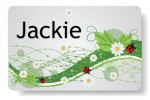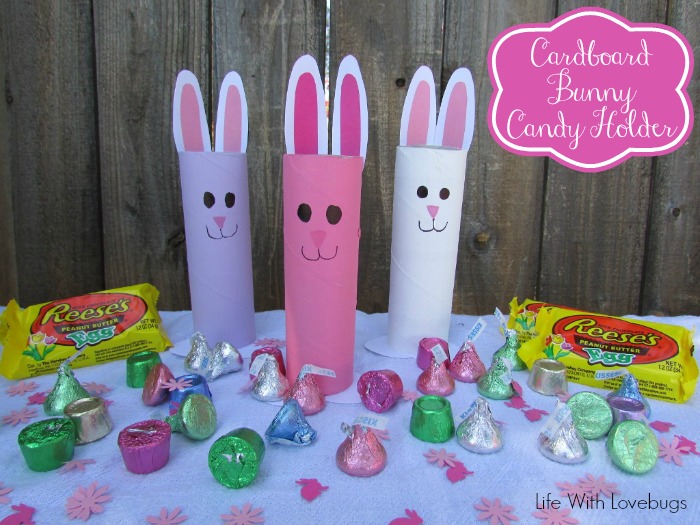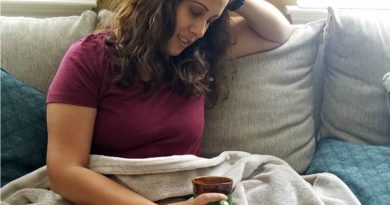How To Teach Your Kids About Phonics
Welcome to my first post!
So for this week I thought I’d start with the question I’ve probably heard the most through my years of working with kids, “What can I do to prepare my child for school?” Studying education, and seeing the benefits first hand, I am a big believer in working on reading and phonics skills as soon as possible. It can seem like a difficult or daunting task, but there are so many basic things you can do at home that are not only helpful in building the skill, but also a lot of fun!
My goal in these posts is to offer you at least two different ways you can support your child. Not only will I be recommending products you can purchase, but also simple activities you can create with things you already have at home.
First and foremost, you’re probably wondering, “What is phonics exactly?” Well, to put it in specific terms…Phonics is a method of teaching beginners to read and pronounce words by learning the phonetic (or sound) value of letters, letter groups, and especially syllables. So what that means exactly is that your kiddos are not only learning the name of each letter, but also the sound that letter makes when we use it.
Most of us know the sounds of each letter, but if you want to make sure before doing any activity with your child, you can double-check online. I’ve found a great video titled “The Letter Sounds Song” on YouTube. A colorful and informative video, not only can you watch this video, but so can your child. You can find the video by clicking here:
With my young students at school I use a very basic and fun tool when they need to practice their phonetic sounds. All you will need for this activity is a three to four non-breakable containers and items from around the house. Choose letters that you want to work on with your child; we usually begin with A B C D and continue on once we feel they’re comfortable. The key is to not over stimulate your child with too many letters at once. Gauge what your child is comfortable with, if it is only one letter at a time that works too. 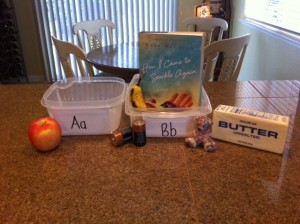
Label each container with a capital and lowercase letter, such Aa. It’s great for them to see both letters so when they begin to read and write they can recognize each. Provide safe items from around your house that begin with the letter, or letters, that you’re working on. As child places item in the correct bin have them state the name of the letter and the sound that letter makes*.
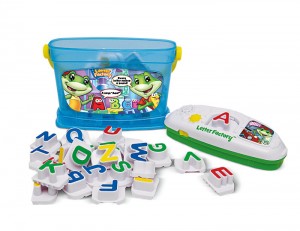 Now, if you’re looking for a great product out there, look no further! Over the years I have to come to love LeapFrog products. They review their products constantly; find what works and what doesn’t, and make changes to benefit the child. When working on phonics they make a very interactive, colorful, and fun product called Letter Factory Phonics. This product offers a tactile, interactive, and musical way for your child to learn and practice their phonics.
Now, if you’re looking for a great product out there, look no further! Over the years I have to come to love LeapFrog products. They review their products constantly; find what works and what doesn’t, and make changes to benefit the child. When working on phonics they make a very interactive, colorful, and fun product called Letter Factory Phonics. This product offers a tactile, interactive, and musical way for your child to learn and practice their phonics.
Children place selected letter into interactive display. When placed the display will sing and say the sound of the letter. The display will also play the Alphabet song that your child can sing along to. My favorite part of this product is the fact that all letters are contained in a bucket and the display piece is the lid. It is completely transportable and easy to clean up. For variation, LeapFrog also offers the same product Letter Factory Phonics + Numbers, but numbers from 1-10 are included. 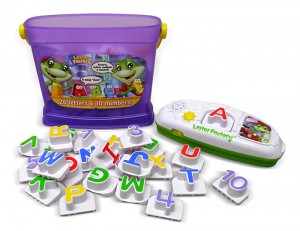
As you can see there are many ways you can support your child in your home. Any comments or suggestions that you’ve tried, feel free to let us all know!
Til next week!
*Some letters, such as the vowels, make more than one sound. Understanding each sound comes along with age and when they begin to read. Practice the most basic and well-known sound at home.

